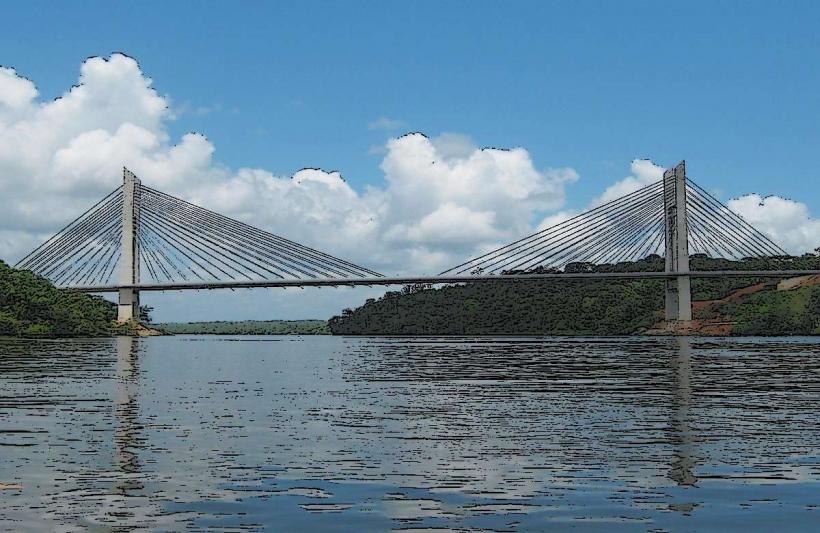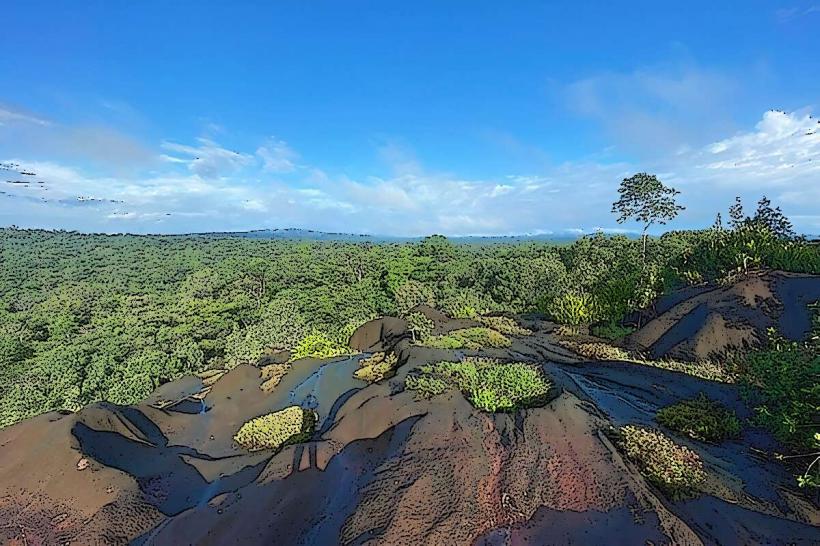Information
Landmark: Tumuc-Humac MountainsCity: Regina
Country: French Guiana
Continent: South America
Tumuc-Humac Mountains, Regina, French Guiana, South America
Overview
The Tumuc-Humac Mountains rise from the dense green canopy of the Guiana Shield, stretching across the remote borderlands shared by Brazil and French Guiana in South America, besides these mountains belong to a vast geological formation, prized for its rich mix of wildlife and the solitude you feel when the only sound is wind against the rocks.The Tumuc-Humac Mountains straddle the border between Brazil-spanning the states of Amapá and Pará-and French Guiana, an overseas region of France, in turn stretching roughly 500 kilometers (310 miles) from north to south, they lie deep in a remote corner of the Amazon Rainforest, where human footprints are rare and rivers run dark under thick canopy.Though not among South America’s tallest ranges, their rugged ridges and plateaus rise to about 1,300 meters (4,265 feet), as well as forming part of the ancient Guiana Shield, these peaks are built from tough crystalline rock like granite and gneiss, dating back over 500 million years and stubbornly resisting the slow work of erosion.Shaped by a long and complex geological past, the Tumuc-Humac Mountains sit deep in the Amazon, where their isolation has sheltered an extraordinary mix of life-from mist-draped cloud forests to winding riverbanks alive with birdsong-and among the jaguars, ocelots, tapirs, and chattering monkeys, many species exist nowhere else on Earth, equally important the Tumuc-Humac Mountains, tucked deep in the Amazon, are home to an extraordinary variety of amphibians and rare plants, as well as Indigenous peoples like the Wayana and Teko, who fish in clear river shallows, hunt in dense forest, and farm using age-historic slash-and-burn methods; the land holds their stories, beliefs, and rituals, yet this remote region still faces threats from illegal logging, gold mining, and climate change, making conservation efforts-and scientific exploration of its ancient geology and rich biodiversity-both urgent and vital.This remote region is crucial for protecting the environment and safeguarding Indigenous cultures, and its rugged isolation has kept it among the most untouched places in South America, where even the air feels wild and clean.




